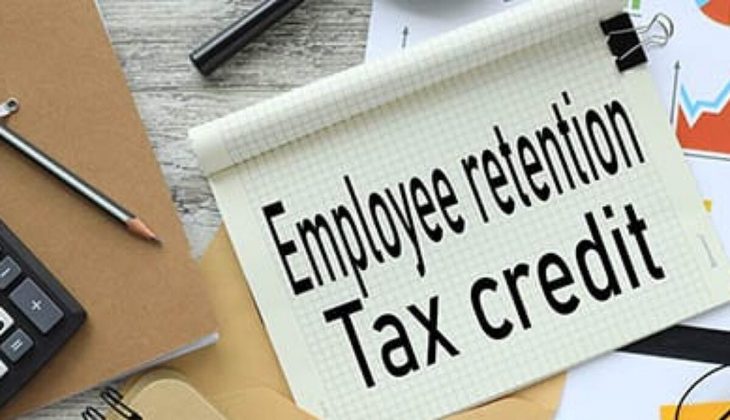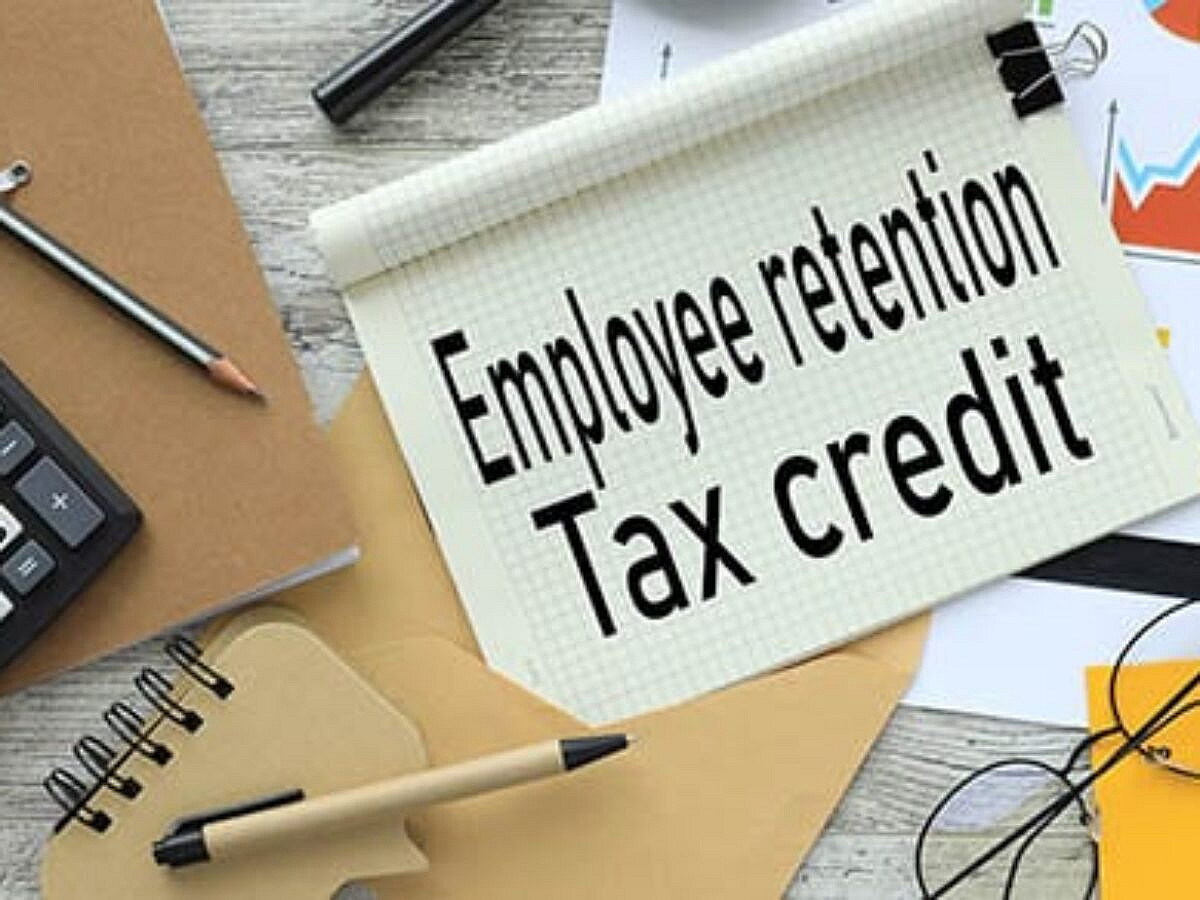Key Points
- The Employee Retention Tax Credit (ERTC) is a financial incentive from the government to help businesses retain their employees during difficult times.
- ERTC can provide significant financial relief, offering up to $21,000 per employee in refundable tax credits.
- Compliance with ERTC requirements is critical to avoid penalties and maximize returns.
- Specialized tax credit services can make the ERTC application process easier and ensure accurate filings.
- Choosing the right service provider can increase your ERTC refund by up to 120% compared to standard software calculations.
Understanding ERTC and its Significance
The Employee Retention Tax Credit (ERTC) is a potent tool for businesses. It’s designed to help companies maintain their employees during difficult economic times. The government introduced this credit to support businesses that were affected by the COVID-19 pandemic. By providing financial relief, the ERTC encourages businesses to retain their staff instead of resorting to layoffs.
Getting to grips with the ERTC can be a real game-changer for businesses. It offers not only immediate financial relief, but it also helps to stabilize the workforce. By keeping employees on the payroll, businesses can keep up productivity and be better placed to bounce back when the economy improves. This isn’t just a quick fix, it’s a strategic move for long-term viability.
Understanding the Employee Retention Tax Credit (ERTC)
The Employee Retention Tax Credit is a refundable tax credit available to businesses for wages paid to employees. It was created to incentivize employers to maintain their staff during times of financial difficulty. The credit is determined by a percentage of qualified wages, which may include specific health plan expenses, that are paid to employees.
For instance, a business with employees earning $10,000 in qualified wages could be eligible for a credit of up to $7,000 per employee per quarter. This is a significant financial incentive for businesses to keep their employees. The ERTC is available to businesses of all sizes, including tax-exempt organizations, making it accessible to a broad range of employers.
Why ERTC is Good for Your Business
The ERTC can be a game-changer for businesses. For one, it can provide instant financial relief by lowering the employer’s payroll tax liability. This can help businesses with cash flow, especially if they are dealing with decreased revenue. Plus, the credit is refundable. So, if the credit amount is more than the payroll taxes owed, the employer gets the difference back. To understand how to maximize employee retention tax credit benefits, businesses should consider consulting with a tax advisor.
The ERTC does more than just provide financial relief, it helps businesses keep their workforce intact. Keeping employees means businesses can avoid the costs and disruptions that come with having to rehire and retrain new staff when the economy gets better. Plus, it helps keep employee morale and loyalty high, which are key to long-term success.
Why ERTC Compliance Is Important
For businesses looking to reap the full benefits of the ERTC, adhering to its requirements is a must. Non-compliance can lead to penalties and even disqualification from the credit. That’s why it’s so important to know what you need to be eligible and what documentation you need to have.
First and foremost, it’s critical to submit ERTC claims accurately and on time to avoid audits and maximize the credit’s benefits. By keeping accurate records and following IRS rules, businesses can avoid potential problems and get the most out of this important tax credit.
How to Become ERTC Compliant
There are a few important steps to becoming ERTC compliant. First, companies need to figure out if they qualify for the credit. This involves evaluating how the pandemic has affected their business and income. Then, employers must correctly record employee wages and associated costs. This record is crucial for proving the credit claim and should be kept for future use.
Who Can Apply for ERTC?
The ERTC is available to businesses that can prove they have been significantly affected by the pandemic, either through a substantial reduction in their income or because they were forced to close by government order. In particular, businesses must be able to show that their gross income for a specific quarter is less than 80% of their gross income for the same quarter in 2019.
Moreover, the companies should have compensated their employees, who were not rendering services due to reduced hours or shutdowns, during the period they are claiming the credit. It is crucial for the companies to comprehend these criteria to ascertain their qualification for the ERTC.
The Importance of Specialized Tax Credit Services
When it comes to the Employee Retention Tax Credit, specialized tax credit services are indispensable. They are built to help businesses get the most out of their ERTC benefits, all while staying within the bounds of IRS regulations. This way, businesses can concentrate on what they do best and leave the complexities of tax credit claims to the experts.
How Specialized Tax Credit Services Make Compliance Easier
Specialized tax credit services make compliance easier by offering expert advice on eligibility and documentation requirements. They help businesses grasp the intricacies of the ERTC, such as how to determine qualified wages and calculate the credit amount. Plus, they make sure all required forms and documentation are filled out correctly and submitted on time.
Working with a specialized tax credit service can help businesses sidestep the typical issues that result in audits or disqualification. These services provide reassurance by managing the entire process, from the first evaluation to the final submission, freeing up business owners to concentrate on their strategic objectives.
Finding the Ideal ERTC Service Provider
Finding the ideal ERTC service provider is crucial in order to fully reap the benefits of your tax credit. When looking into potential providers, take into account their experience and past performance in dealing with ERTC claims. A provider with a good reputation should have a solid track record of assisting businesses in successfully going through the ERTC process and obtaining significant refunds.
Moreover, seek out providers that deliver custom service and a holistic strategy. They should invest the time to comprehend your company’s distinct conditions and modify their offerings to satisfy your particular requirements. Clarity is also crucial; confirm that the provider explicitly details their charges and the services encompassed.
It’s also crucial that the provider keeps up with the latest IRS guidelines and ERTC regulations. This will ensure that your claims are compliant and optimized for maximum returns. By selecting a service provider who is both knowledgeable and reliable, you can increase your chances of receiving the full benefits of the ERTC.
Boost Your Financial Returns with Specialized Services
By using specialized tax credit services, you can greatly boost your financial returns from the ERTC. These services use their knowledge to find all qualifying expenses and maximize your credit calculations. This often leads to businesses getting larger refunds than they would from standard payroll software or general accounting practices.
For instance, some companies have reported receiving as much as 120% more in ERTC refunds when using specialized services compared to conventional methods. This is due to the fact that specialized providers have a profound understanding of the ERTC’s complexities and can discover opportunities that might otherwise be missed.
Victorious Ventures: Companies Capitalizing on ERTC
Countless companies have effectively utilized the ERTC to bolster their financial health and keep employees on board during tough times. These victorious ventures underscore the game-changing power of the tax credit and the importance of specialized services in ensuring compliance and optimizing returns.
Case Study: How a Small Retailer Achieved Compliance
A small retailer was dealing with a decrease in foot traffic during the pandemic and sought help from a specialized tax credit service. The service provider assessed the retailer’s eligibility and guided them through the application process, resulting in the retailer receiving over $150,000 in ERTC refunds. This financial boost allowed the retailer to keep their staff and invest in online sales channels, which helped increase their resilience in a tough market.
Case Study: Financial Recovery for Healthcare Provider
A healthcare provider was dealing with rising operational costs and fewer patient visits. They turned to specialized tax credit services for help with the ERTC process. With the help of experts, the provider got more than $500,000 in tax credits. This large refund helped the healthcare provider keep their workforce, buy needed medical supplies, and keep giving vital services to their community.
- Expert assistance in navigating complex tax credit regulations was key to the small retailer’s success.
- The healthcare provider’s experience underscores the ERTC’s significant financial benefits when used correctly.
These case studies show that businesses can not only survive but also prosper during economic downturns by using the ERTC. Specialized tax credit services play a crucial role in tapping into these opportunities and maintaining compliance with IRS rules.
By taking a page from the playbook of these success stories, other companies can see the value of the ERTC and the advantages of partnering with seasoned service providers. Whether you’re a small shop or a major healthcare provider, the ERTC is a saving grace for companies looking to stay stable and grow in unpredictable times.
Final Thoughts: Making Moves for the Biggest Payback
Businesses need to stay on top of things to fully take advantage of the Employee Retention Tax Credit. They must make sure they’re following all the rules and doing everything they can to get the most money back. By working with tax credit services that know what they’re doing, businesses can find their way through the tricky world of ERTC rules and get the most money back.
Conclusion and Suggestions
Summing up, the ERTC is a significant aid for businesses looking for financial help and labor force constancy. Yet, to comply and reap the maximum benefits, one needs to have a deep knowledge of the credit’s needs and potential dangers.
I would suggest that companies think about using specialized tax credit services to help them navigate the ERTC process. These services provide the skills and tailored assistance necessary to get significant refunds and avoid typical compliance problems.
Don’t wait until it’s too late to get the most out of the Employee Retention Tax Credit. Businesses that act now and use the services of specialized providers can unlock the full potential of the ERTC and set themselves up for long-term success. Investigate your options and start getting the most out of your returns.
Commonly Asked Questions
Many entrepreneurs have inquiries about the Employee Retention Tax Credit (ERTC) and how it can be advantageous for their business. Grasping the specifics of ERTC compliance and application can assist in optimizing the credit’s advantages.
What paperwork is necessary for ERTC compliance?
For compliance purposes, companies should collect the following documents:
- Payroll documents illustrating the employee wages paid during the qualifying periods.
- Paperwork of any governmental orders that impacted business activities.
- Financial reports or tax returns that show a decrease in gross receipts.
- Health plan costs, if relevant, that were covered for employees.
These records are essential for validating your ERTC claim. Maintaining precise and comprehensive records will help prevent potential audits and ensure that you get the maximum credit.
Companies must keep these documents for a minimum of four years because the IRS may require them during an audit. Appropriate record-keeping is crucial to a successful ERTC claim.
What are the requirements for my business to qualify for the ERTC?
The ERTC has specific eligibility requirements. To qualify, businesses must have suffered a substantial reduction in gross receipts or have had their operations fully or partially suspended due to government orders. Usually, a reduction in gross receipts is defined as a decrease of 20% or more compared to the same quarter in 2019.
Moreover, companies must have compensated their workers with eligible wages during the qualifying periods. You should thoroughly examine the eligibility requirements to see if your company is eligible for the ERTC.
Do I need professional help to apply for ERTC, or can I do it myself?
Although you can apply for the ERTC by yourself, many businesses find it helpful to get professional assistance. Specialized tax credit services can make the process easier and make sure you comply with IRS rules.
- Professionals can help you find all the expenses you can claim and get you the most money back.
- They can guide you through the paperwork and help you avoid common mistakes.
- With an expert on your side, you can concentrate on running your business while they make sure your ERTC claim is successful.
By using the skills of a specialist, businesses can increase their chances of getting all the money they are entitled to from the ERTC.
What is the usual timeframe for receiving ERTC funds?
There isn’t a set timeframe for when you’ll receive ERTC funds. After a claim is submitted, the IRS will process it with the employer’s payroll tax filings. Typically, you can expect to receive the funds within a few weeks to a couple of months.
Companies should make sure their claims are thorough and precise to prevent delays. Using specialized tax credit services can speed up the process by making sure all required paperwork is handed in on time.
What if the IRS audits my ERTC claim?
In the event of an audit, the IRS will require documentation to verify the information you provided. This is why it’s crucial to keep accurate records. The IRS will examine payroll records, financial statements, and any other pertinent documents during an audit to ensure ERTC compliance.
Partnering with professional tax credit services can offer extra assistance during an audit. These services can aid companies in preparing the required paperwork and answering IRS inquiries efficiently.
Is it possible to claim ERTC for part-time employees?
Absolutely, the ERTC can be claimed for part-time employees by businesses. The credit is determined by the qualified wages paid to employees, whether they are full-time or part-time. However, the total wages that are used to calculate the credit must satisfy the eligibility requirements established by the IRS.
By incorporating part-time employees in your ERTC claim, you can enhance the economic advantages for your enterprise. Make sure to keep records of all salaries paid to part-time employees during the qualifying periods.
Is ERTC money seen as taxable income?
No, ERTC money is not seen as taxable income. However, companies need to decrease their wage expenses that are deductible by the amount of the credit. This change makes sure that companies do not get a double tax benefit for the same wages.
When preparing your business’s tax returns, it’s crucial to account for this adjustment to ensure compliance with IRS regulations.
What advantages do specialized ERTC services offer over general accountants for my business?
Unlike general accountants, specialized ERTC services are solely dedicated to tax credits and have a thorough understanding of ERTC rules. They are capable of identifying all qualifying expenses, maximizing credit computations, and guaranteeing adherence to IRS regulations.
Regular accountants might not have the same knowledge to guide through intricate tax credit rules. By opting for specialized services, companies can get the most out of their ERTC benefits and lower the chance of audits or disqualification.




